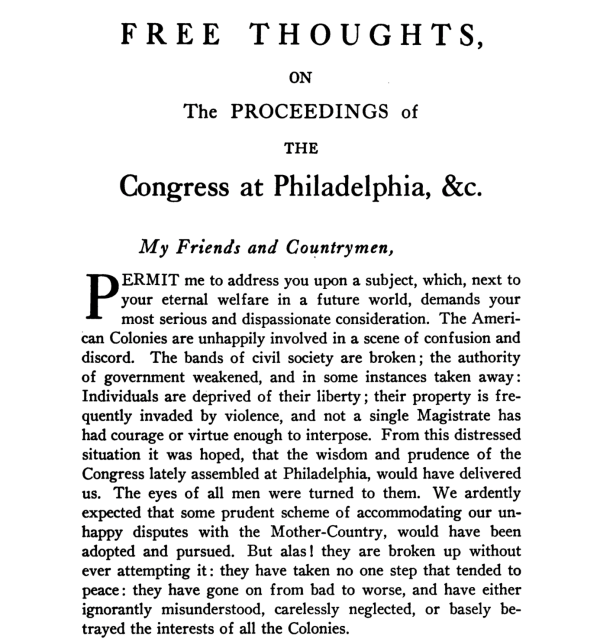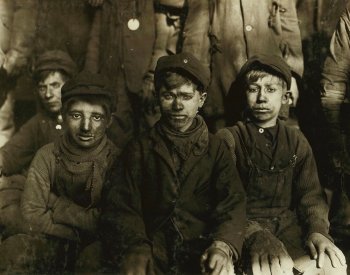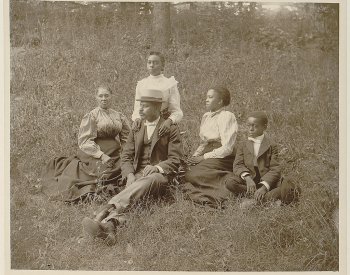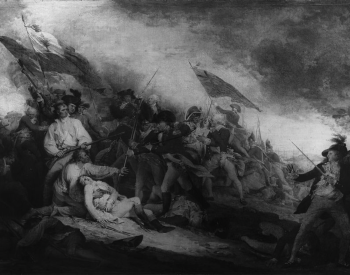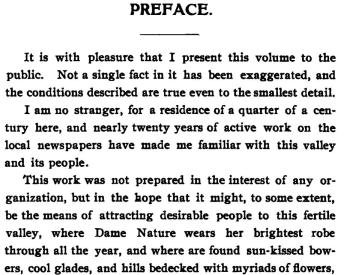Like Boston Massacre, this assessment requires students to consider the relative strengths and weaknesses of a document as historical evidence. Students with a sophisticated understanding of how to source a document will be able to explain that the pamphlet is useful in that Samuel Seabury, who lived in New York in 1774, may have been knowledgeable about the Loyalist response to the First Continental Congress. They will also note that Seabury published the pamphlet under the pen name “A Westchester Farmer,” but was actually a high-ranking Anglican minister.
